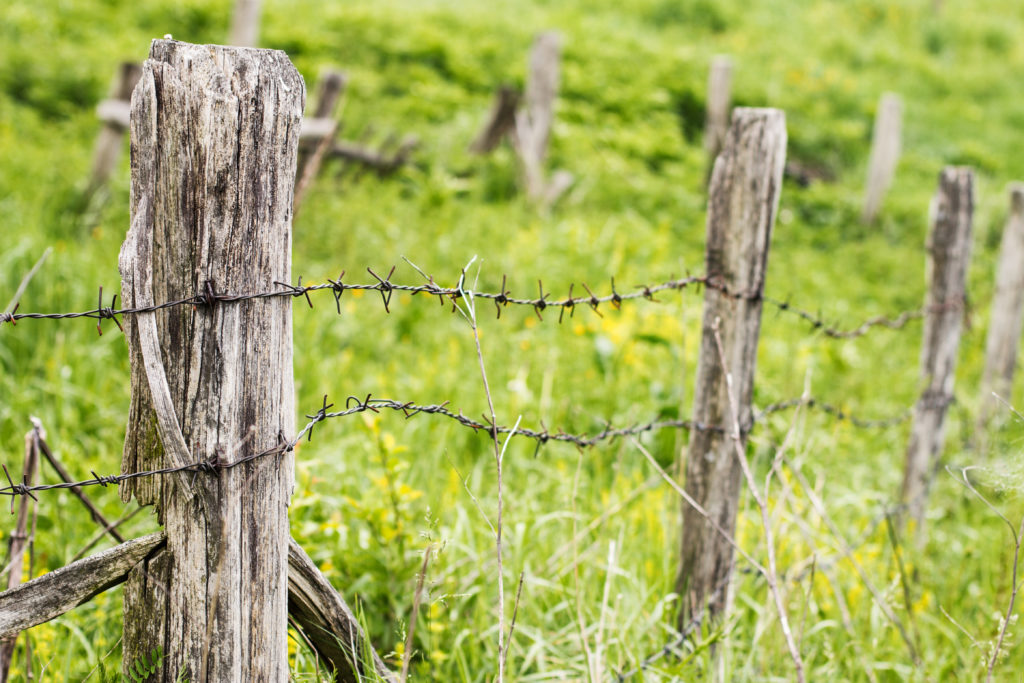The Rambling Boy, Fence Law in Texas

Old Wooden Fence with barbed wire at daylight.
2024 Spring Antiques Show | March 14 – 31
2024 Fall Antiques Show | October 10 – 27

Fence Law in Texas
2024 Spring Antiques Show | March 14 – 31
2024 Fall Antiques Show | October 10 – 27